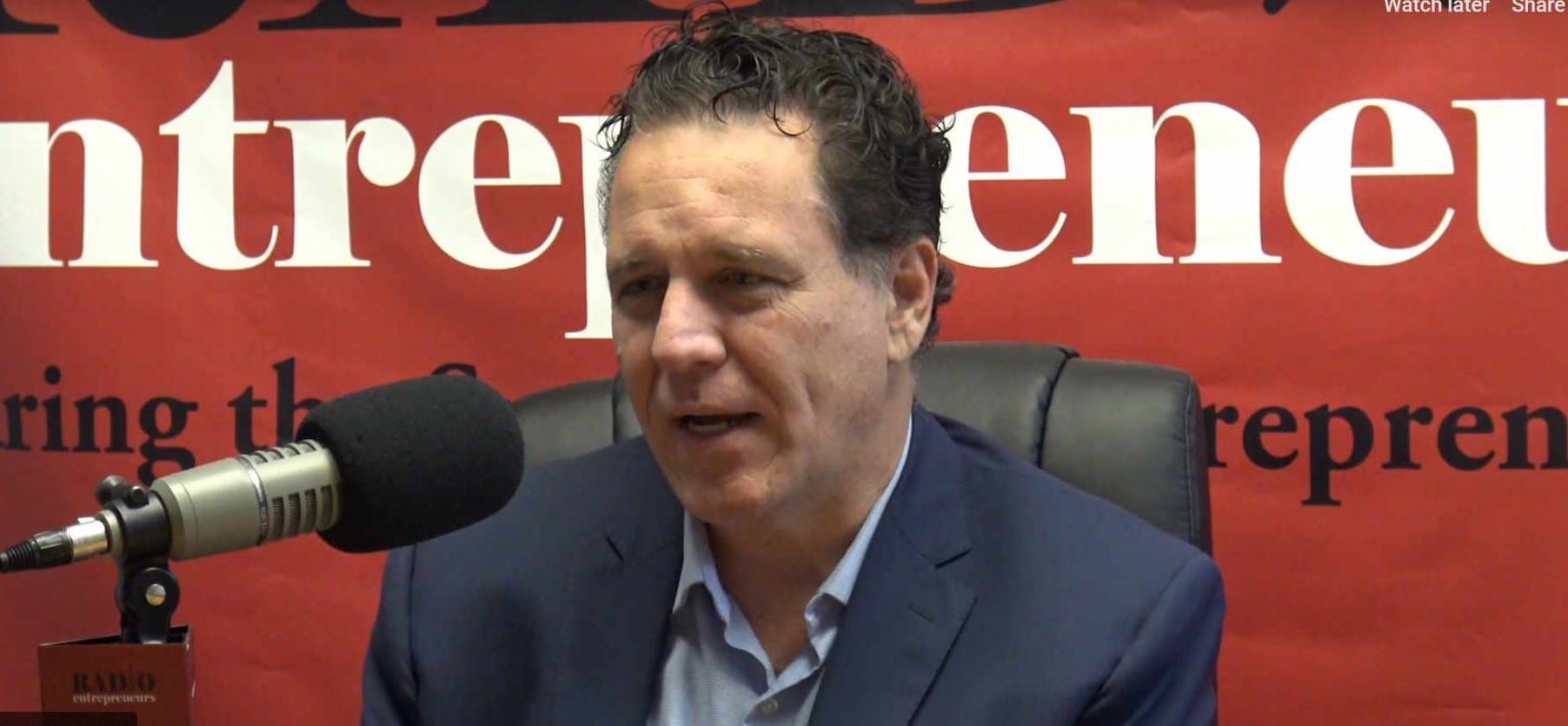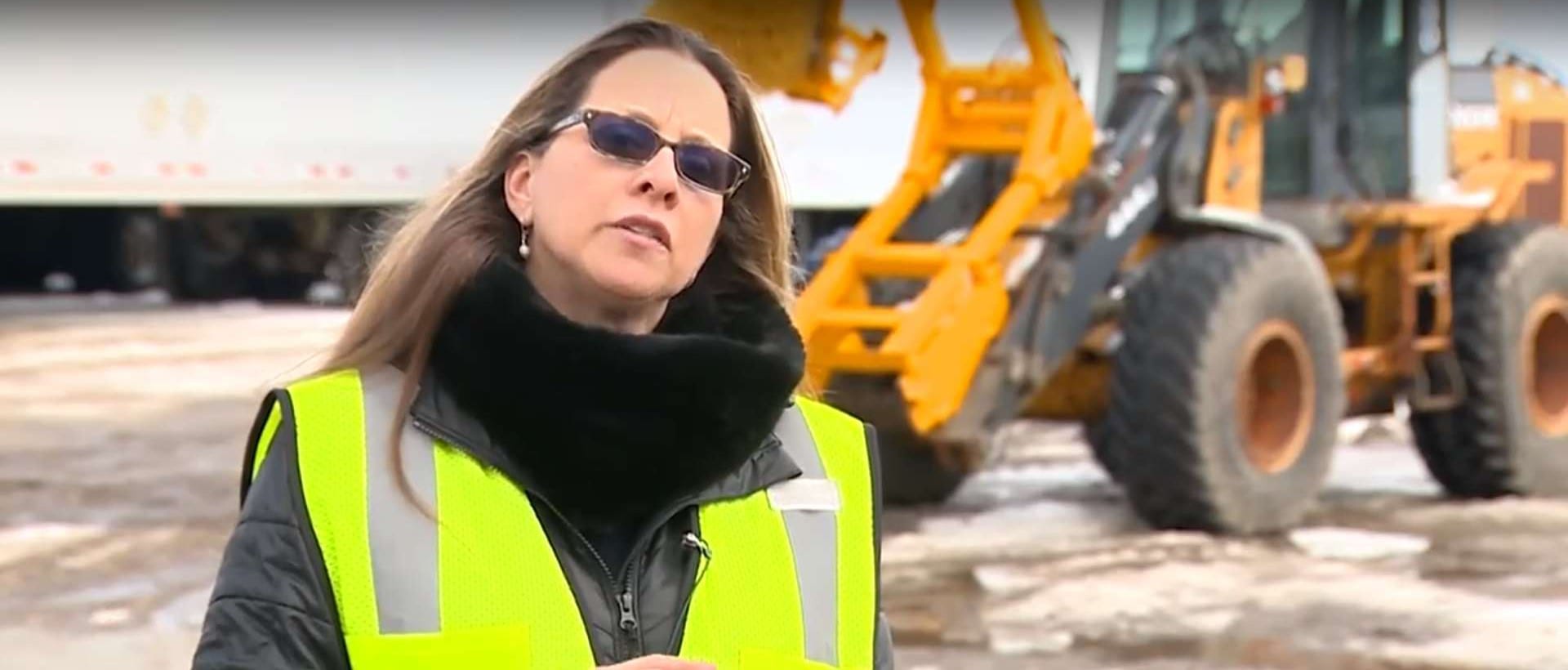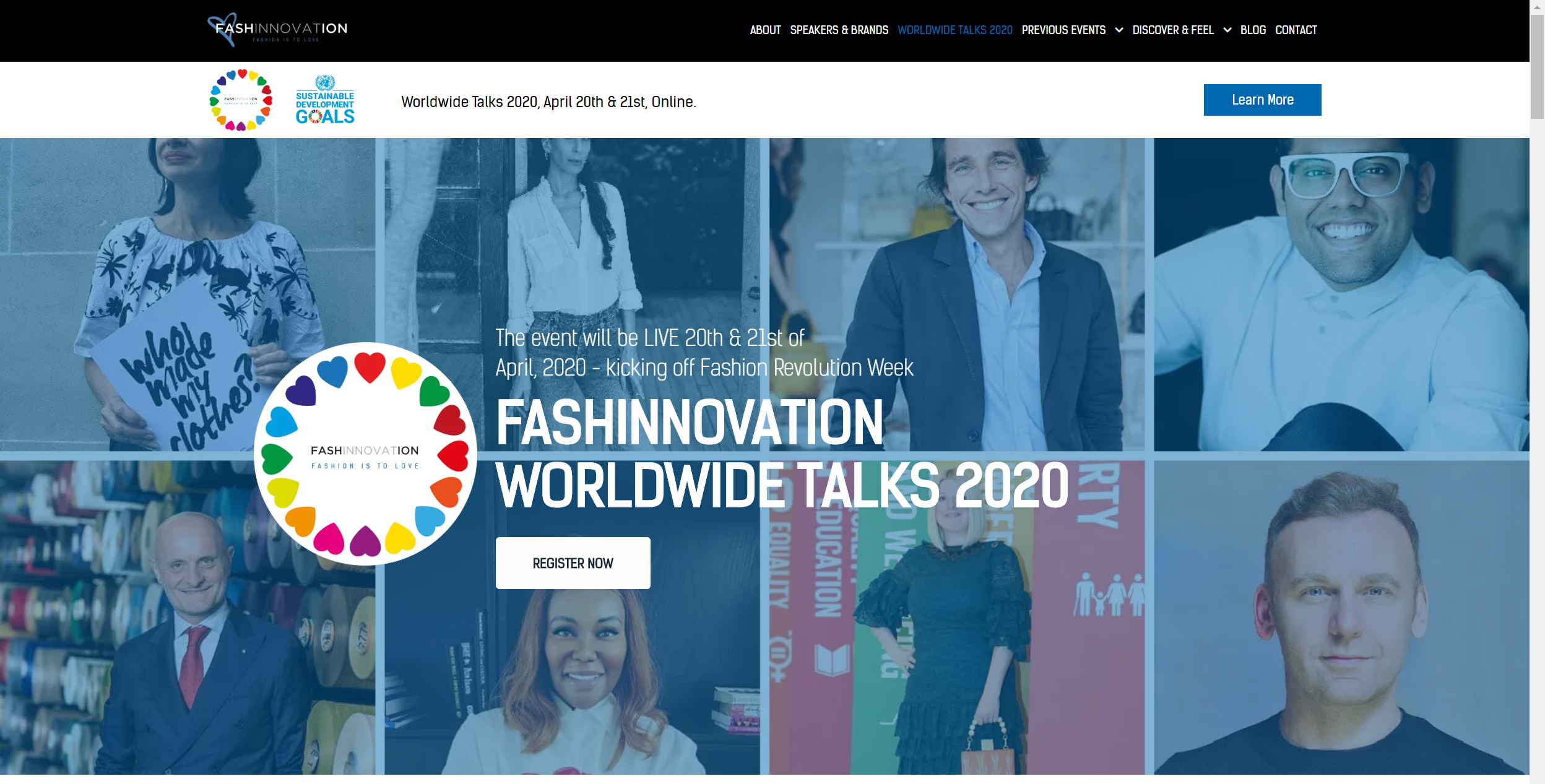In response to COVID-19 the US government has passed the $350-billion Coronavirus Aid, Relief, and Economic Security (CARES) Act. The program is focused on helping American small businesses cover up to 8 weeks of cash flow in the form of federally guaranteed loans.
View the full act here: https://www.congress.gov/bill/116th-congress/house-bill/748/text
I’m a Founder, Where Can I Get Money Without Days Of Bank Paperwork?
After studying the two major loan programs and how they work, my recommendation is that most founders apply immediately for the Paycheck Protection Program (PPP).
Its sister, the SBA Disaster Relief Loan requires more work and offers less money.
We’ll dive into both of these below.
What is the Quick Version of The Paycheck Protection Program for Companies?
The government has released the application form and announced that an online portal to submit applications will open this Friday, April 3rd. Follow the steps below to make sure you have all the documents you need to apply the second the portal opens.
During this crisis, the government wants you to keep paying employees, your rent, utilities, and any outstanding debts you already have.
Each company can get up to $10m using this program that you do not have to pay back assuming you meet certain guidelines outlined below.
How Much Money Can You Get To Make It Through CoronaVirus Crisis?
To calculate how much you could get, take your total payroll expenses between Feb 2019 and Feb 2020, divide by 12 to get a monthly average. Take this monthly average and multiply by 2.5x.
Example:
- Feb 2019-Feb 2020 payroll expenses: $2,000,000*
- Average each month: $166,667
- Money available to you (2.5x): $416,000
*Capped at salaries of $100k for each employee
Banks can lend up to $10m using this math (backed by the US Government) and must keep interest rates below certain levels:
- For a loan with an original principal balance of $350,000 or less, 5%;
- For a loan with an original principal balance greater than $350,000 but less than $2 million, 3%; and
- For a loan with an original principal balance of $2 million and above, 1%.
Here’s the best part: The government will not make you pay back this loan if you show proof that it went to payroll, rent, mortgage, or utilities during the 8 weeks that follow the date you receive the loan. If you reduce your employee count or reduce salaries, the amount you don’t have to repay will be reduced proportionally to your employee reduction using the formula: Amount eligible for loan forgiveness, multiplied by:
Avg FTEEs per pay period from February 15, 2020, to June 30, 2020, divided by either:
(a) The average number of FTEEs per month employed from February 15, 2019, to June 30, 2019; or
(b) Average number of FTEEs per month employed from January 1, 2020, until February 29, 2020
What Can You Use Paycheck Protection Program Money For?
This money lent to you and backed by the government will not have to be repaid if you invest it how the government wants you to. They want you to use this money specifically on the following items:
- Payroll costs
- Heath care benefits during a period of paid sick, medical or family leave
- Employee salaries, commissions (your sales team for everyone with quota-carrying reps)
- Mortgage interest payments (if you run a small company and could buy a little multi-family unit to run your business out of, could buy the unit, move your company in, and use this loan money to cover interest payments)
- Rent
- Utilities
- Interest on any other debt obligations incurred before the covered period (Feb 20th ish). If you took on venture debt before Feb 20th, 2020, you could use this money to make those interest payments.
The purpose of this program is to keep unemployment low – the government wants you to keep paying your employees.
6 Easy Steps For Founders To Apply For COVID-19 Relief Paycheck Protection Program
- Fill this form out
- The government will open an online portal as early as Friday, April 3rd where you can submit Step 1 form plus items in 3-6 below. Gather them now so you’re ready to move quickly.
- Show proof of revenues/expenses before Feb 15th, 2020
- Gather your company EIN or TIN number, 2017 taxes, 2018 taxes
- 2019 taxes (if not complete yet, 2019 Profit and loss broken down by month will work)
- You’ll need to provide documentation to the bank verifying the number of full-time equivalent employees on the payroll as well as the dollar amounts of payroll costs, covered mortgage interest payments, covered rent payments, and covered utilities for the eight week period starting when you get this loan.
More info: https://www.sba.gov/funding-programs/loans/paycheck-protection-program
Can Venture Capital-Backed Companies Apply for the Paycheck Protection Program (PPP)?
In the application, there is an item called the “Affiliate Rule” which will prevent most VC backed startups from getting this loan.
If you’re VC backed, you must count all employees at companies you’re affiliated with too, which includes VC’s portfolio companies if the VC has certain control over your ability to operate your business.
This org is pushing to fix this “bug” in the law and here’s their guidance on how to interpret the law as currently written and specifically they cite case law regarding the interpretation of the definition of “control” when determining if there is an affiliate relationship:
- https://nvca.org/nvca-response-to-covid-19/#legislative-action-important-to-vc-backed-companies
- https://nvca.org/wp-content/uploads/2020/03/VC-SBA-Lending-and-Affiliation-Guidance-for-SBA-Loan-Programs.pdf
Most VC backed startups, in their company charter (the amended & restated version post-funding) have some combination of the negative covenants listed.
They usually sound like: “Incurring or guaranteeing debts or obligations” and “Establishing or amending an incentive or employee stock ownership plan.”
However, VC backed founders can argue that your VCs do not own enough of the company to control those things, because founder ownership combined with a few other folks can override any single investors’ ability to block.
This is not always the case though with VC backed companies, so for those situations, it might be possible to ask your investors to waive those covenants and refile your charter w/ the state, then apply for the SBA grant.
What Is This SBA Disaster Relief $10,000 Loan I Hear About?
This program usually serves those affected by natural disasters in the United States where there’s been a clear economic injury.
The government is considering COVID-19 a disaster so any business who has been hit economically is eligible.
You can use this link to quickly apply for $10,000 which works as a grant however, I don’t recommend it for founders.
It is unclear how this will impact a Founder’s ability to take advantage of the Paycheck Protection Program outlined at the top of this article. The Paycheck Protection Program is way larger, more money is available, and it’s specifically designed for the COVID-19 crisis.
I’d apply for the Paycheck Protection Program first, and if you’re declined for whatever reason, circle back and apply for the SBA Disaster Relief funds.
Terms:
- How much can you get? Up to $2 million.
- How long do I have to pay it back? 15-30 years.
- What is the interest rate? 3.75%.
What can you use SBA disaster loan money on?
The purpose of the loan is to help you keep your business running during the COVID-19 crisis. After you’re approved for the loan, the SBA doesn’t care where you spend it. You figure out how to spend it to fill any gaps in income.
Who qualifies for an SBA Disaster Loan?
If you can’t get a loan anywhere else, meaning you have no credit available, you can apply for an Economic Injury Disaster Loan (EIDL).
Where To Apply for an SBA Disaster Loan?
Link: https://www.sba.gov/funding-programs/disaster-assistance
You’ll need the following documents to apply for an Economic Injury Disaster Loan (EIDL).
- Your annual income statement for 2019
- 2020 Monthly income statements through February
- Business name, location, SSN, contact info
- The most recent federal income tax returns for anyone who owns more than 20% of your business
- A Request for Transcript of Tax Return: https://www.sba.gov/sites/default/files/articles/f4506-t-2015-09-00.pdf
- A schedule of liabilities listing all debts: https://www.sba.gov/document/sba-form-2202-schedule-liabilities
- A personal financial statement: https://www.sba.gov/document/sba-form-413-personal-financial-statement-7a504-loans-surety-bonds
- A personal history statement: https://www.sba.gov/document/sba-form-912-statement-personal-history
- Information on any collateral like property (if you own your office building for example) and equipment (computers, desks, etc)
The SBA will take all of this information and decide how much they can lend you. Generally speaking, the SBA wants to reduce job loss during COVID-19.
If they review your tax returns and see you’re spending on things like rent, and employee headcount, they’re much more likely to give you a loan than if 50% of your 2019 expenses were on Google and FB ads.
What If You Can’t Pay the SBA Disaster Loan Back?
This isn’t yet clear. Historically, this is how SBA loan forgiveness works:
- The business has to be shut down. If the company is still in operation the SBA will not forgive the debt.
- After its clear that you’ve shut your software company down, the SBA will step in to work with the bank that made you the loan. (Remember banks are making you this loan and taking the risk because the loan is backed by the federal government)
- The SBA will pay off 50-75% of your debt to the bank
- You can then decide if you can pay off more or not.
- If the SBA accepts your offer, they’ll set up a deal with you so you can pay back the loan as quickly as possible.
If the SBA doesn’t accept your offer to pay off the remaining 25-50% of the loan, they may use collection actions. They’ll use the Treasury Offset Program (TOP) or the Fiscal Service Department.
If you’re a software CEO who thinks you can ride this out, and maybe even grow, you should focus on paying back the loan. At 3.75% its extremely cheap capital.
If you get the full $2m, on a 4-year term at 3.75%, you’d pay just $156,866 over 4 years in interest.
Another way to think about this: Could you take $2m today and add more than $45k in MRR over the next 4 years (your monthly payments are $45k).
To get in touch with the SBA’s disaster loan customer service center, email disastercustomerservice@sba.gov, or phone (716) 843-4100.
Sources: NathanLatka, US SBA, US Treasury.










